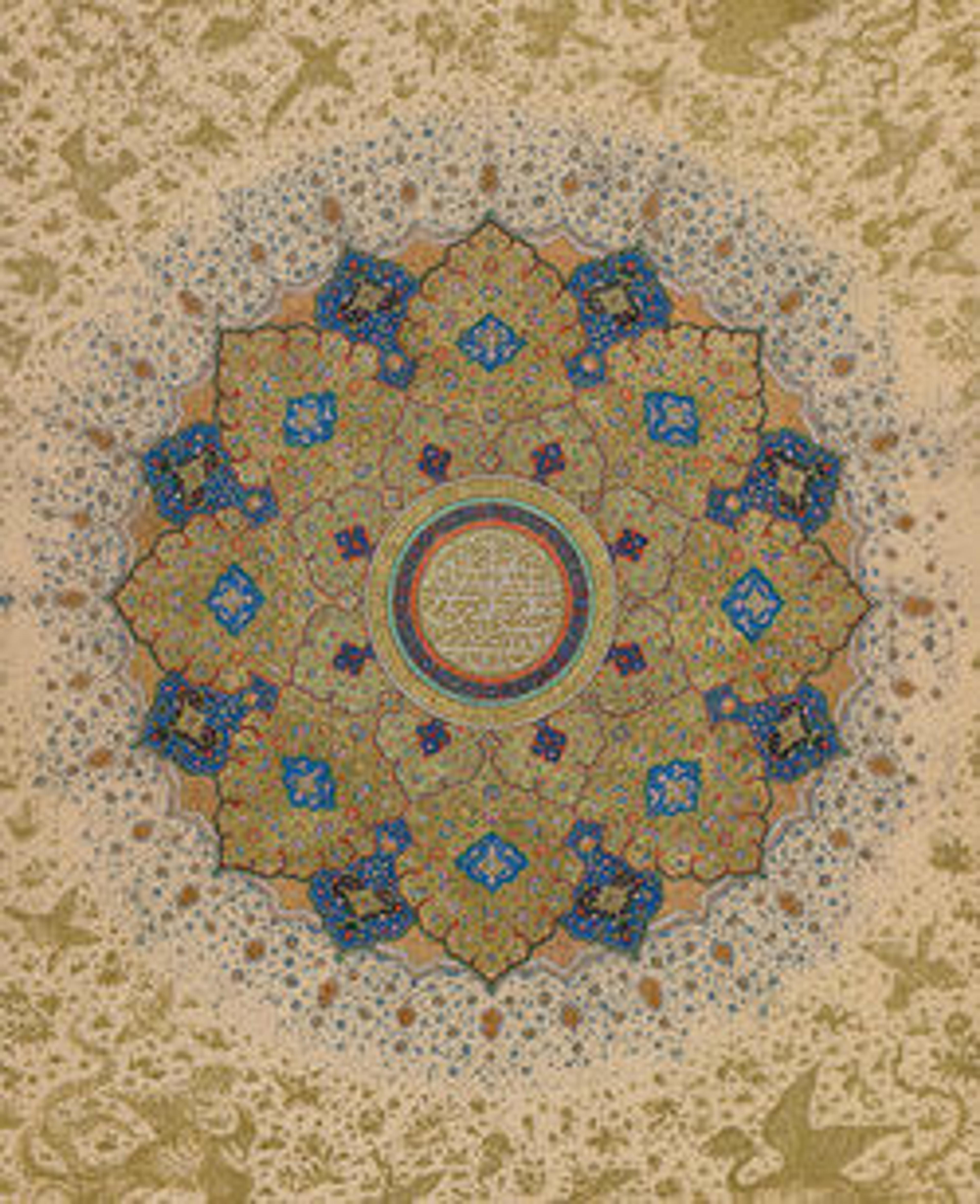Pair of Flower Style Doors
The flower style associated with the height of Mughal aesthetics and refinement finds expression in this pair of carved wood doors. The depiction of complete flowering plants, carved in low relief and placed in a symmetrical arrangement, is the hallmark of this style, which had its genesis in the reign of the Mughal emperor Jahangir (1605–27). In accordance with their patrons' interests, artists of this period studied European herbals, borrowing the techniques of combining front and side views and infusing the petals and leaves of the plants with a sense of movement. During the reign of Jahangir's son Shah Jahan (1627–58), and especially from the 1630s on, the plant studies were transformed into decorative motifs, arranged in rows to cover textiles, objects, and architectural spaces. As they were incorporated into stylized, symmetrically balanced compositions like those on the carved dadoes and inlaid panels at the Taj Mahal, the plants lost their botanical specificity.
The use of wood was limited in Mughal architecture, and little of it remains. These doors are thus rare survivals of a tradition known through only a few other examples, including a pair of similar doors in the David Collection, Copenhagen.
The use of wood was limited in Mughal architecture, and little of it remains. These doors are thus rare survivals of a tradition known through only a few other examples, including a pair of similar doors in the David Collection, Copenhagen.
Artwork Details
- Title: Pair of Flower Style Doors
- Date: second half 17th century
- Geography: Made in Northern India
- Medium: Wood; carved with residues of paint
- Dimensions: H. 73 in. (185.4 cm)
W. 30 in. (76.2 cm) includes both doors
D. 3 in. (7.6 cm)
Wt. 63 lbs. (28.6 kg) - Classification: Wood
- Credit Line: Gift of Harvey and Elizabeth Plotnick, 2009
- Object Number: 2009.376a, b
- Curatorial Department: Islamic Art
More Artwork
Research Resources
The Met provides unparalleled resources for research and welcomes an international community of students and scholars. The Met's Open Access API is where creators and researchers can connect to the The Met collection. Open Access data and public domain images are available for unrestricted commercial and noncommercial use without permission or fee.
To request images under copyright and other restrictions, please use this Image Request form.
Feedback
We continue to research and examine historical and cultural context for objects in The Met collection. If you have comments or questions about this object record, please complete and submit this form. The Museum looks forward to receiving your comments.
